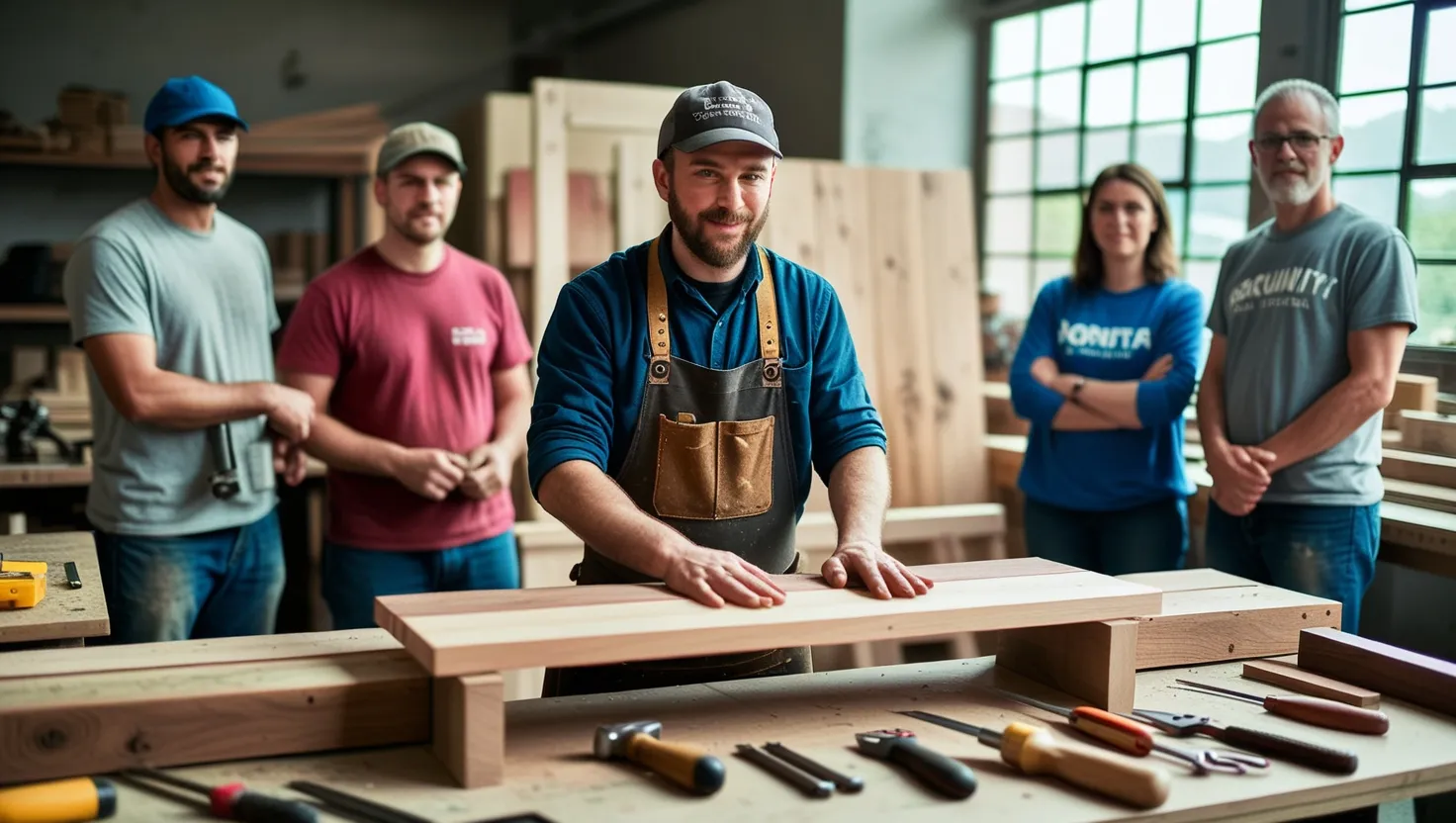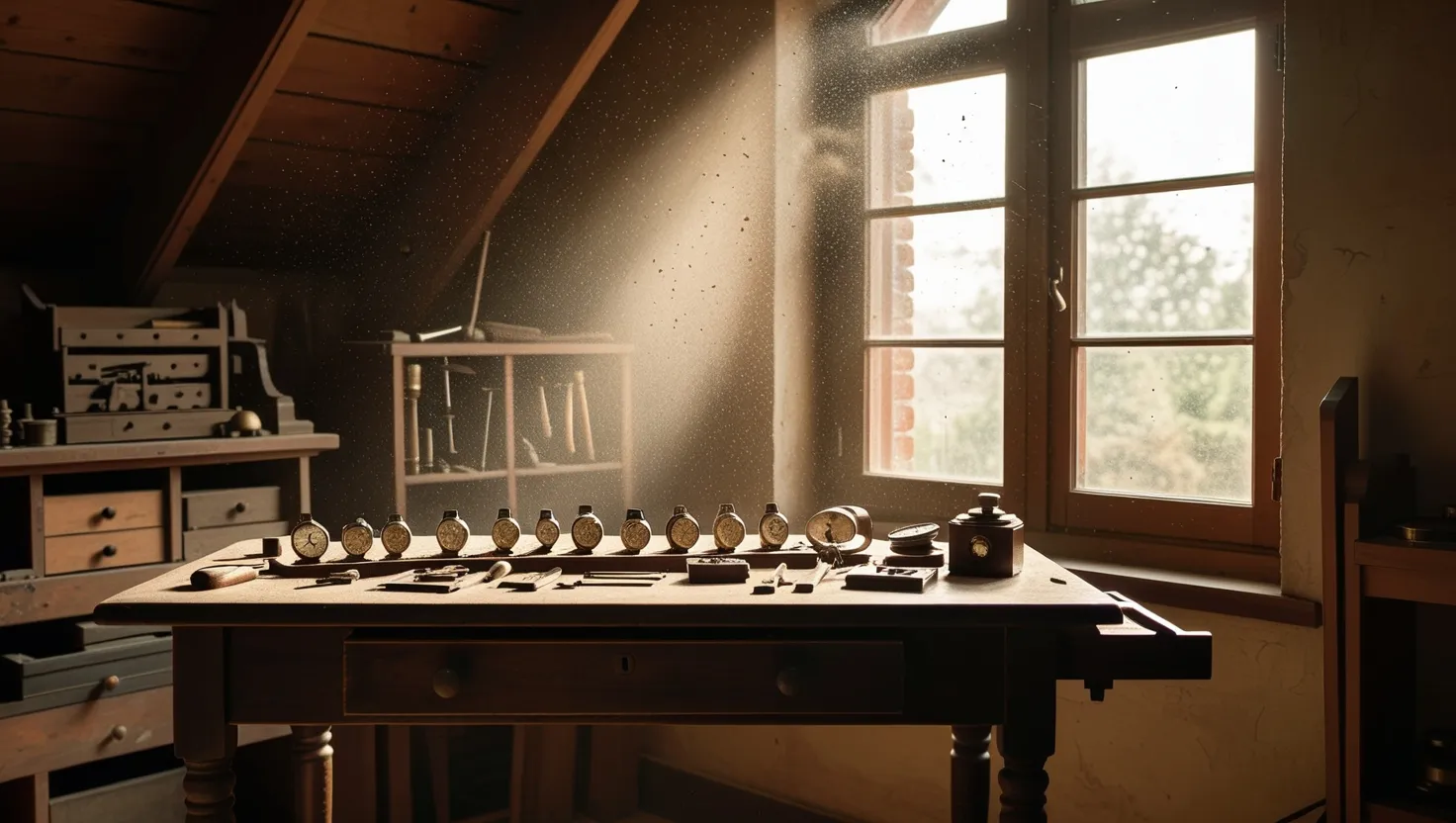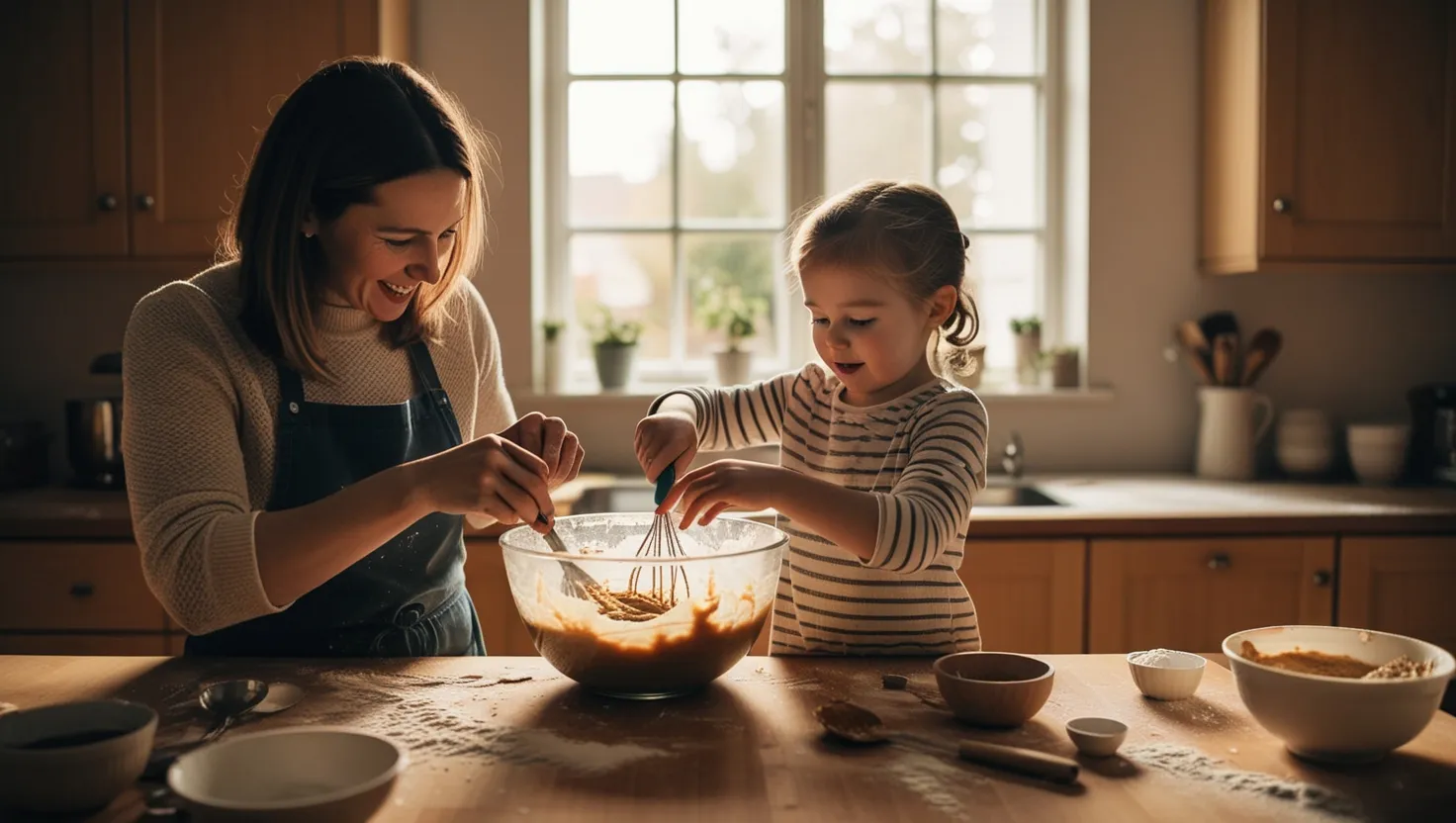In a small workshop nestled in the heart of a bustling city, Kai, a deaf carpenter, is revolutionizing the way we think about furniture making. His journey, though marked by challenges, is a testament to the power of innovation and the impact one person can have on their community.
Kai’s story begins with a passion for woodworking, a skill he honed over years of practice and dedication. Born deaf, Kai never let his disability define him; instead, he found ways to communicate and connect through his craft. His workshop is a symphony of saws and sanders, but here, silence is not just the absence of sound, but a form of focus.
As Kai’s business grew, so did his curiosity about the materials he used. He began to explore the concept of reclaimed wood, not just as a sustainable option, but as a way to give old materials a new life. “The best way to predict the future is to invent it,” as Alan Kay once said. For Kai, inventing the future meant transforming discarded wood into beautiful, custom furniture.
The Journey to Sustainability
Kai’s transition to using reclaimed wood was not just about aesthetics; it was a deliberate step towards sustainability. He learned about circular economy principles, where resources are used in a way that minimizes waste and maximizes reuse. This approach resonated deeply with Kai, who saw it as a way to reduce his environmental footprint while creating unique pieces that told a story.
But sustainability is not just about materials; it’s also about pricing. Kai had to navigate the complex world of sustainable pricing, ensuring that his products were not only eco-friendly but also affordable. This balance is crucial, as it allows consumers to make ethical choices without breaking the bank. As the saying goes, “You can’t have a million-dollar dream with a minimum-wage work ethic.” Kai’s commitment to sustainable pricing was a reflection of his dream to make a difference.
The Social Impact
As Kai’s business continued to grow, he began to realize the social impact of his work. He was not just building furniture; he was transforming his community. By employing local artisans and partnering with community organizations, Kai was creating jobs and fostering a sense of community pride.
Social impact investing became another key aspect of Kai’s business model. He understood that his business could be a force for good, beyond just generating profits. By investing in local initiatives and supporting causes that aligned with his values, Kai was able to make a tangible difference in the lives of those around him.
Challenging Perceptions
Kai’s success challenges traditional perceptions of disability in several ways. First, it shows that disability is not a barrier to innovation or entrepreneurship. Kai’s deafness did not hinder his ability to communicate or connect with his clients; instead, it became a unique strength. He found ways to visually train his team, a method that proved effective for both deaf and hearing employees.
Second, Kai’s story highlights the importance of inclusivity in the workplace. By creating an environment where everyone can thrive, regardless of their abilities, Kai set an example for other businesses to follow. As Helen Keller once said, “Alone we can do so little; together we can do so much.” Kai’s workshop is a living embodiment of this principle.
The Power of Community
Kai’s journey would not have been possible without the support of his community. From local suppliers who provided him with reclaimed wood to the artisans who worked alongside him, every person played a crucial role. This sense of community is what drives Kai’s business forward.
But what does community mean in the context of a circular economy? It means collaborating with others to create a system where resources are shared and waste is minimized. It means supporting local initiatives and investing in the well-being of the community. For Kai, community is not just a concept; it is the backbone of his business.
The Future Ahead
As Kai looks to the future, he is filled with a sense of excitement and possibility. His business is growing, but more importantly, it is making a difference. He is inspiring others to adopt sustainable practices and challenging traditional notions of disability.
So, what can we learn from Kai’s story? We can learn that innovation is not limited by our abilities, but rather by our imagination. We can learn that sustainability is not just a buzzword, but a way of life. And we can learn that community is the key to creating lasting change.
As Mahatma Gandhi said, “Be the change you wish to see in the world.” Kai is living proof that one person can indeed be that change. His workshop, filled with the sounds of silence and the beauty of reclaimed wood, is a testament to the power of human ingenuity and the impact one person can have on their community.
A Call to Action
So, what can you do to make a difference? Start by looking at your own consumption habits. Are you choosing products that are sustainably sourced? Are you supporting businesses that prioritize social impact? Every choice you make has the potential to create a ripple effect.
Kai’s story is a reminder that we all have the power to transform our communities. Whether through our work, our choices, or our actions, we can make a difference. The question is, will you take the first step?
In the end, Kai’s journey is not just about building custom furniture; it is about building a better future. A future where sustainability and social impact are not just ideals, but realities. And it is a future that we can all be a part of.






